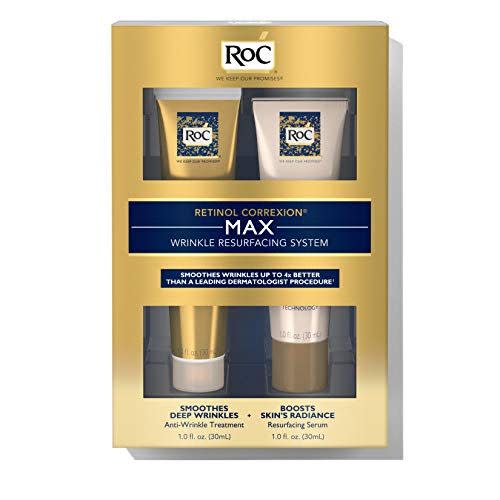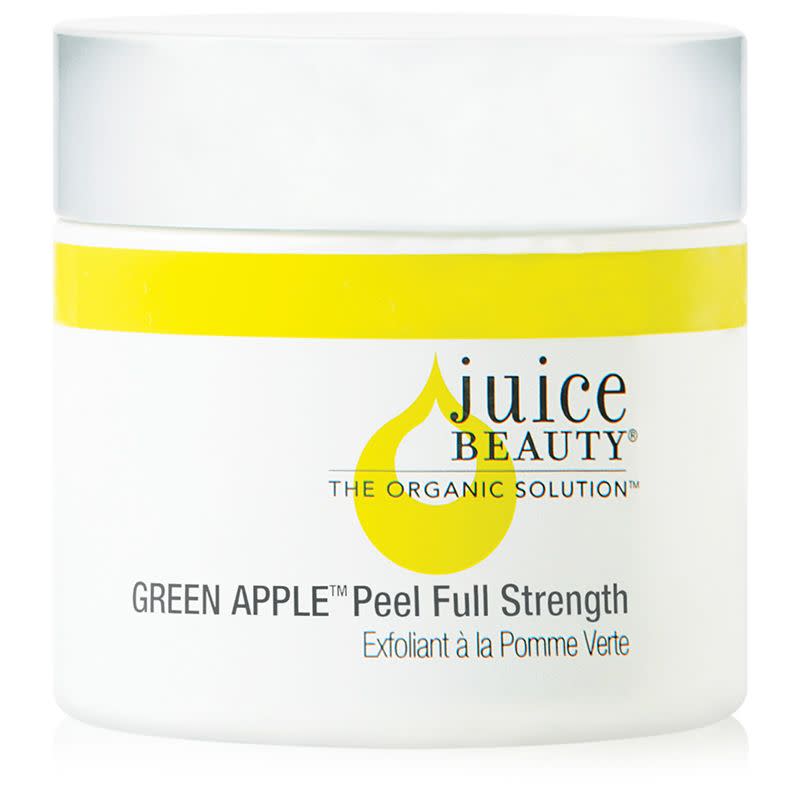The Best At-Home Face Peels for Smoother, Younger-Looking Skin That Glows















The Best At-Home Face Peels for Smoother, Younger-Looking Skin That Glows
If you’re curious about trying a face peel, it isn’t as scary as it sounds. These skin-smoothing products are often a liquid or cream (in mask, serum, or face pad form) that contain exfoliating ingredients—and the results can be pretty impressive.
“By removing the top layers of the skin, peels can treat conditions like acne, hyperpigmentation, melasma, wrinkles, and improve skin’s texture and luminosity,” says Channa Ovits, M.D., a dermatologist at Westmed Medical Group in Westchester, NY.
Peels are typically made with a mix of acids, including alpha hydroxy acids (AHAs, like glycolic, lactic, or malic acids), beta hydroxy acids (BHAs, like salicylic and citric acids), and even fruit acids (like apple or pumpkin). “These ingredients work by dissolving the bonds between the skin cells,” Dr. Ovits explains. They may also contain ingredients that stimulate cell renewal, like vitamin C or retinol, adds Cyndi Yag-Howard, M.D., president and CEO of Yag-Howard Dermatology Center in Naples, FL.
You can get a professional peel at a dermatologist’s office, which will penetrate deeper into the skin, says Dr. Yag-Howard. That makes them more effective, but also comes with potential side effects like redness or downtime due to actual skin peeling.
But since these treatments can get expensive, an at-home peel is a solid alternative (and gentler in nature). “There are so many great benefits to these at-home peels. It may take trial and error between milder products and ones that are more aggressive to find the right one for you,” says Dr. Yag-Howard.
How to choose and use the best at-home face peel
Mind your reaction: If your skin is sensitive or you have a condition like rosacea, you can still use a peel, but consider speaking with your dermatologist about what might be right for your complexion, skin concerns, and goals.
Look for products that are specifically formulated for sensitive skin, which will use soothing ingredients and gentler acids, says Dr. Ovits. You may want to look for fruit enzymes as the active ingredient and hydrators to buffer dryness, like hyaluronic acid. You can expect some tingling—that’s okay. But if the peel starts to burn, take it off, says Dr. Ovits. That’s not a normal reaction or a sign that it’s “working.”
Apply at night: Follow the instructions on the product, as this will tell you how often to use the specific peel for optimal benefits and a reduced risk of side effects like dryness.
Peels that are suited for daily use are generally milder than those designed for weekly use, says Dr. Yag-Howard. What’s more, you’ll have to decide how this step fits into your schedule. It might be easier if you save a peel for self-care Sunday versus rushing through it. Because peels can make your skin more sun-sensitive, apply them at night and use SPF the next day (as you should be doing already).
Scan the label: A great at-home peel will include some combination of the acids mentioned above, but look for supporting ingredients in the formula, too. For example, you might choose vitamin C or green tea for protective antioxidants that brighten, ceramides to help retain moisture, or peptides to help build collagen for bouncier skin.
Not sure where to start? Here are the best at-home face peels that will make a real difference in your complexion.
You don’t need a pro treatment for dramatic results.